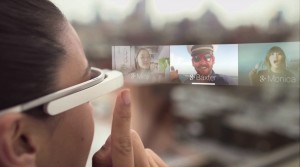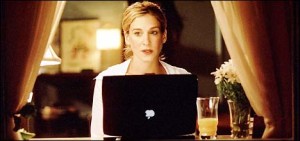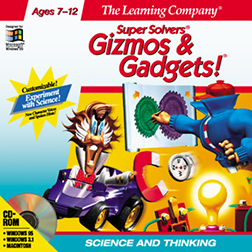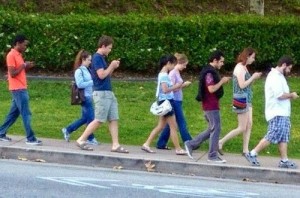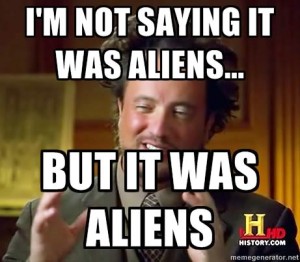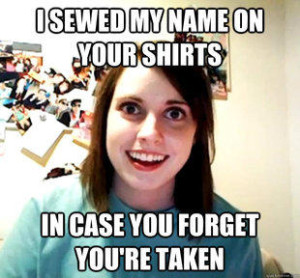Maybe it’s just me, but did anyone else on this campus know that Geneseo has its own awesome, amazing, fabulous 3-D printer? If so, I promise this blog post will still be a great read! For everyone else whose jaws also just hit the floor let me tell you I had a very similar reaction.
Here are some quick, fun facts I found out today.

- The 3-D printer is located at the CIT HelpDesk in South Hall.
- One can send over a digital file or bring in an actual object to print.
- There are really cool looking lasers that come out of one part of the printer.
- It can only print in one color at a time.
- Replicating a tiny figurine could take up to 3 to 5 hours.
- Right now no one really seems to know what to do with it….
I was sitting near the English Department Office when I first received the text from a friend saying, “Wanna check out the 3-D printer with me?” Before I could even reply my friend then texted, “What do you think I should print??” My first thought was an iPhone (don’t ask me why I’m not sure either). Of course, that doesn’t make a lot of sense, but I honestly had no clue what else anyone would want to print.
When I first got there, the printer was in full on replicating mode. With what looked like a

tiny needle, this machine was crafting miniature model of Egbert from World of Warcraft. I bent down to gaze between what was being, “printed” and the original model and just was astounded. The printer was able to include all of the little details the original had without (from what I could tell) any flaws.
This got me wondering about 3-D printers in general. We’ve all heard about them before, but what do we really know about them? Not even a month ago CNN had a great article about the idea of printing real human organs. Right now, these “organs” are only being used to test vaccines and for research purposes. But many scientists are hoping that one day it can solve the problem of people waiting for a transplant. Wouldn’t it be nice to just hop on down to your nearest hospital, and print yourself a new kidney or liver?
But this brings about the many ethnical concerns people have. Pete Basiliere, a Gartner Research Director, says that, “What happens when complex ‘enhanced’ organs involving nonhuman cells are made? Who will control the ability to produce them? Who will ensure the quality of the resulting organs?” That honestly brings up questions that I’m not sure many people are willing, or even want to, answer today.
Then, as I was doing more research about these fancy 3-D printers, I came across this headline, “Giant Chinese 3D printer builds 10 houses in just 1 day.” Watch the video in the article because it is both super cool, but also super creepy. The inventer of the printers, Ma Yihe, says that, “…with the 3D printing, we recycle mine tailings into usable materials. And we can print buildings with any digital design our customers bring us. It’s fast and cheap.” Then, “Using this technology means that construction workers can be saved from exposure to hazardous or

dusty working environments.” I also wondered if this would mean fewer jobs for construction workers? I’m not sure. And, can the market even keep up with this? Again, I really don’t know. Yet, imagine having this technology available so easily. No more camping out in a relative’s pad when waiting for your new house to be built. It’s literally snapping your fingers and getting your dream home.
When I called my dad afterwards to gush about Geneseo being so up to date with current technology, he asked if I was able to get my lunch from the printer. Confused, he immediately sent me over this article. Another goal people have is that one day 3-D printers will be able to make us food (or at least help us prepare our food). Again, the pros and cons jump out at me. This could help end hunger around the world! But at the same time is this “food” even healthy? Is it nutritious? I wish I had the answer.
Alas, our handy new 3-D printer cannot give us a new organ, build us a house, or even make us a quick bite when we’re too lazy to go to the dining hall. But the possibilities of 3-D printing seem to be endless, and I cannot wait to see in the next few years where it takes us.



